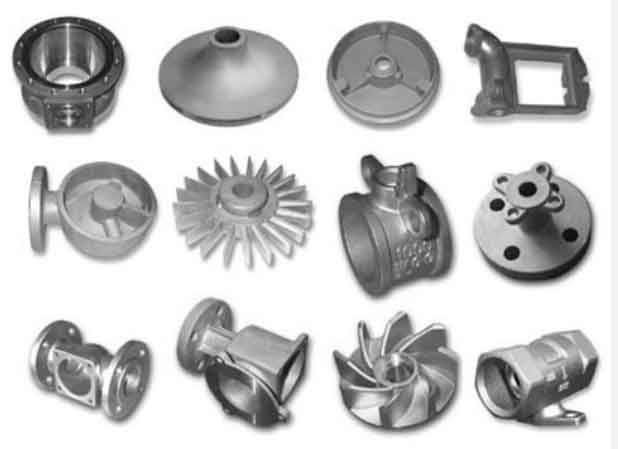Grey cast iron, while widely used in various industries, including automotive and industrial applications, is not commonly utilized in aerospace engineering. The aerospace industry typically favors materials with specific properties and performance characteristics that are not inherent to grey cast iron. However, let’s explore some potential areas where grey cast iron could potentially find applications and unlock new possibilities in aerospace engineering:

- Non-structural Components: Grey cast iron could potentially be used for non-structural components in aerospace applications. These components might include brackets, housings, covers, or mounting structures that do not carry primary structural loads. Grey cast iron’s excellent castability and cost-effectiveness could be advantageous for producing such non-structural parts.
- Ground Support Equipment: Aerospace engineering involves various ground support equipment, such as test rigs, tooling, and ground handling systems. Grey cast iron could potentially be utilized in these applications, where weight reduction is not a critical factor, and its properties like wear resistance and thermal conductivity may be beneficial.
- Engines and Propulsion Systems: While grey cast iron is not typically employed in critical engine components due to its lower strength and temperature limitations, there might be opportunities for its utilization in certain engine parts that operate under less demanding conditions. These could include components like exhaust manifolds or auxiliary systems where high strength or high-temperature resistance is not a primary concern.
It’s important to note that the aerospace industry places significant emphasis on weight reduction, high strength-to-weight ratios, and temperature resistance, which are not the inherent strengths of grey cast iron. Materials like titanium alloys, aluminum alloys, high-strength steels, and advanced composites are more commonly used in aerospace engineering due to their superior properties in meeting these specific requirements.
However, research and technological advancements can potentially lead to the development of new alloys or improved processing techniques that could enhance the properties of grey cast iron and make it more suitable for aerospace applications. As technologies evolve, it’s always possible that new possibilities may emerge, and the utilization of grey cast iron in aerospace engineering could be reconsidered in specific niche areas or applications.
